Operation & Maintenance
Ten Questions To Ask Before Choosing SCADA Software
Views : 6
Usually dispatched in 2 to 3 days
Usually dispatched in 2 to 3 days
Category:
Operation & Maintenance
Only logged in customers who have purchased this product may leave a review.
Related books
Drinking Water Operator Certification Training WDC Volume II
Learning Objectives
. Define maintenance
. Discuss the roles of maintenance
. Discuss safety practices of maintenance
Drinking Water Operator Certification Training WDC Volume II
Learning Objectives
. Define maintenance
. Discuss the roles of maintenance
. Discuss safety practices of maintenance
Basic Math Concepts for Water and Wastewater Operators
Topics
General review of fundamentals
Hierarchy of operations
Manipulating equations
Fractions, Decimals, Percent
Data Management - averaging
Unit/dimensional analysis and conversion factors
Electricity
Temperature
Basic Math Concepts for Water and Wastewater Operators
Topics
General review of fundamentals
Hierarchy of operations
Manipulating equations
Fractions, Decimals, Percent
Data Management - averaging
Unit/dimensional analysis and conversion factors
Electricity
Temperature
Overview, Installation and Maintenance of Pumps, Valves and Piping
When you have completed this chapter, you will be able to do the following:
1. Recognize the principles of pump operation. 2. Identify the different types of pumps. 3. Identify an eductor.
4. Identify basic types and functions of valves. 5. Identify the types of steam traps. 6. Identify the different types of strainers.
7. Recognize the different types of filters. 8. Identify tubing and associated fittings. 9. Identify piping, associated fittings, and flange shielding.
10. Identify the types of packing and gasket material.
Overview, Installation and Maintenance of Pumps, Valves and Piping
When you have completed this chapter, you will be able to do the following:
1. Recognize the principles of pump operation. 2. Identify the different types of pumps. 3. Identify an eductor.
4. Identify basic types and functions of valves. 5. Identify the types of steam traps. 6. Identify the different types of strainers.
7. Recognize the different types of filters. 8. Identify tubing and associated fittings. 9. Identify piping, associated fittings, and flange shielding.
10. Identify the types of packing and gasket material.
Drinking Water Operator Certification Training Module #24 Gas Chlorination
Learning Objectives
. Explain the purpose of chlorination.
. Describe the two forms of chlorine.
. Describe the properties of liquid chlorine and gaseous chlorine.
. Explain how chlorine reacts in aqueous solutions.
. Read and explain chlorine reaction equations.
Drinking Water Operator Certification Training Module #24 Gas Chlorination
Learning Objectives
. Explain the purpose of chlorination.
. Describe the two forms of chlorine.
. Describe the properties of liquid chlorine and gaseous chlorine.
. Explain how chlorine reacts in aqueous solutions.
. Read and explain chlorine reaction equations.
Handbook-for-The-operation-of-Water-Treatment-Works
The term “water quality” describes the physical, chemical and microbiological characteristics of water. These properties collectively determine the overall water quality and the fitness of the water for a specific use. These properties are either intrinsic to the water or are the result of substances that are dissolved or suspended in the water. Water quality is only meaningful when evaluated in relation to the use of the water. The reason is that water of a certain quality may be fit for a specific use, but completely unfit for another use. For example, water that is fit for human consumption may not be fit as boiler feed water because the dissolved inorganic salts that are acceptable in drinking water, are not tolerated in boiler feed water, since they may precipitate and cause blockages in the boiler equipment. Water that is fit for domestic use (drinking water) must comply with specific requirements. The most important requirement is that it must be safe to drink.
Handbook-for-The-operation-of-Water-Treatment-Works
The term “water quality” describes the physical, chemical and microbiological characteristics of water. These properties collectively determine the overall water quality and the fitness of the water for a specific use. These properties are either intrinsic to the water or are the result of substances that are dissolved or suspended in the water. Water quality is only meaningful when evaluated in relation to the use of the water. The reason is that water of a certain quality may be fit for a specific use, but completely unfit for another use. For example, water that is fit for human consumption may not be fit as boiler feed water because the dissolved inorganic salts that are acceptable in drinking water, are not tolerated in boiler feed water, since they may precipitate and cause blockages in the boiler equipment. Water that is fit for domestic use (drinking water) must comply with specific requirements. The most important requirement is that it must be safe to drink.
Design Criteria For Sewers And Watermains
Introduction
We have written 'Design Criteria for Sewers and Watermains' manual for City of Toronto staff and consulting engineers. The purpose of this manual is to ensure there is consistency in our operations. Clients—that’s you—want to be instructed in the same way each time you come to us, regardless of which office you may visit. This manual will help ensure that the information provided by staff is the same in all offices.
This manual is written for City staff and consulting engineers working on capital improvement projects and for consulting engineers working for the development industry preparing engineering designs and drawings for private developments. It can also serve as a reference for third parties designing transit infrastructure, underground utilities, and any other works located within a city right-of-way, located in close proximity to City sewers and watermains. This manual takes you step by step through all the criteria you will need in the design of a sewer or watermain and the requirements for submission. If you are going to be preparing a servicing study or designing a sewer or watermain in the city of Toronto, this manual is for you. This manual is available in both print and online formats.
Design Criteria For Sewers And Watermains
Introduction
We have written 'Design Criteria for Sewers and Watermains' manual for City of Toronto staff and consulting engineers. The purpose of this manual is to ensure there is consistency in our operations. Clients—that’s you—want to be instructed in the same way each time you come to us, regardless of which office you may visit. This manual will help ensure that the information provided by staff is the same in all offices.
This manual is written for City staff and consulting engineers working on capital improvement projects and for consulting engineers working for the development industry preparing engineering designs and drawings for private developments. It can also serve as a reference for third parties designing transit infrastructure, underground utilities, and any other works located within a city right-of-way, located in close proximity to City sewers and watermains. This manual takes you step by step through all the criteria you will need in the design of a sewer or watermain and the requirements for submission. If you are going to be preparing a servicing study or designing a sewer or watermain in the city of Toronto, this manual is for you. This manual is available in both print and online formats.


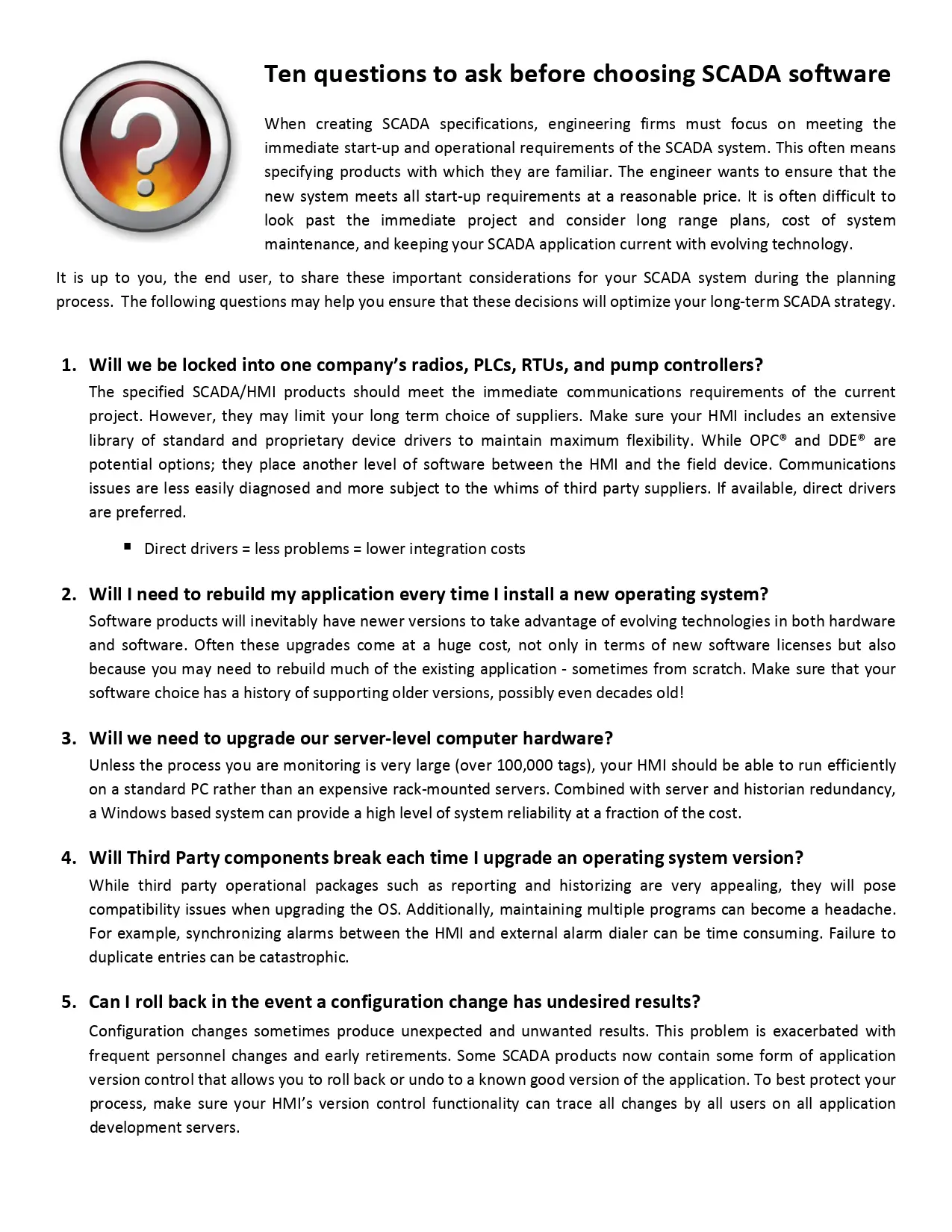
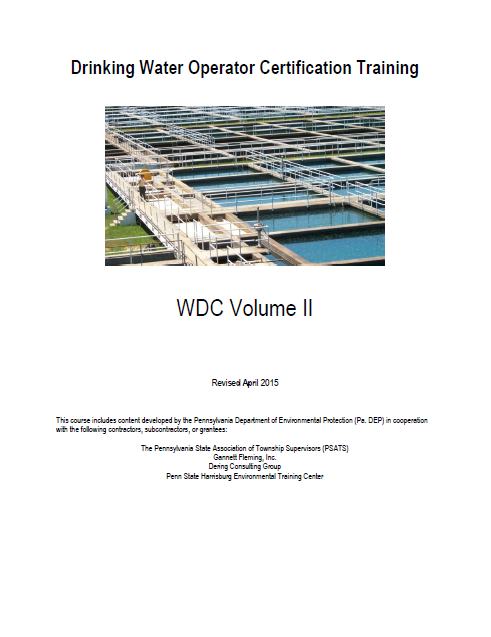
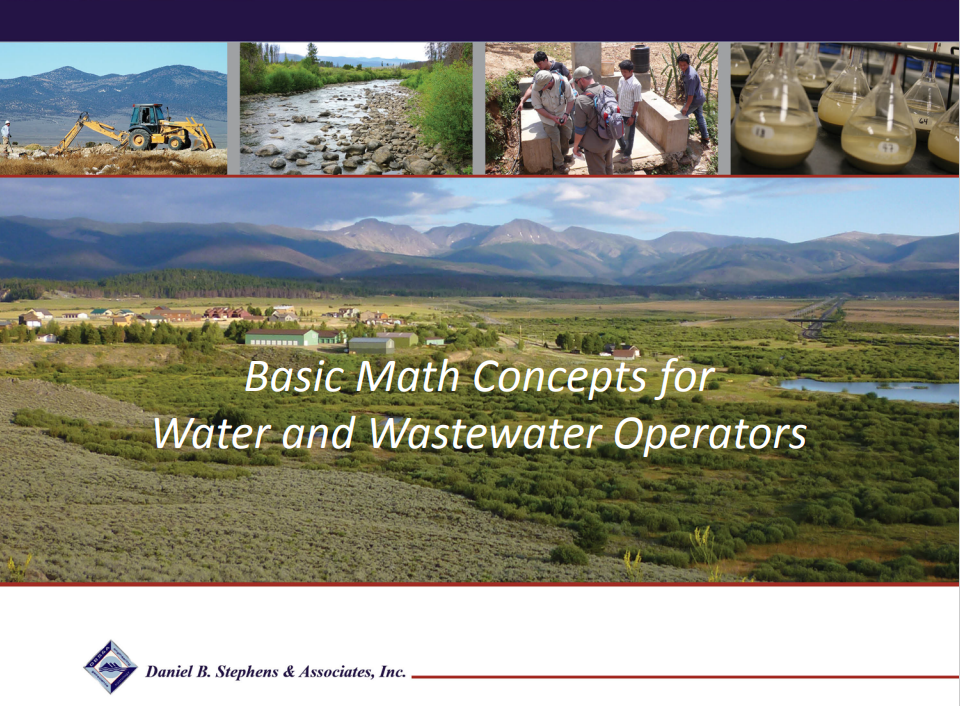

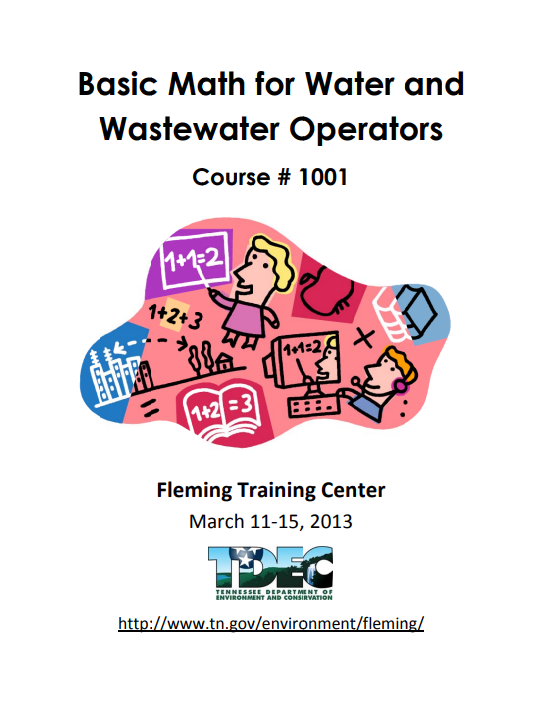
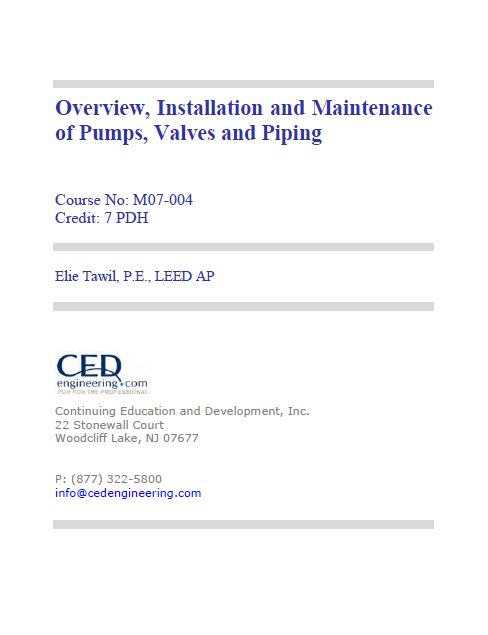

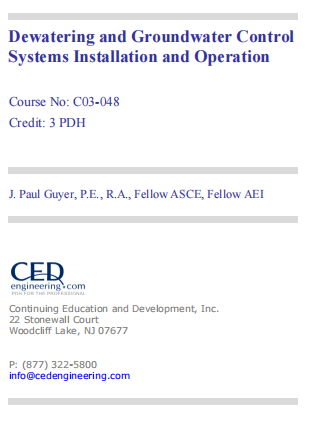


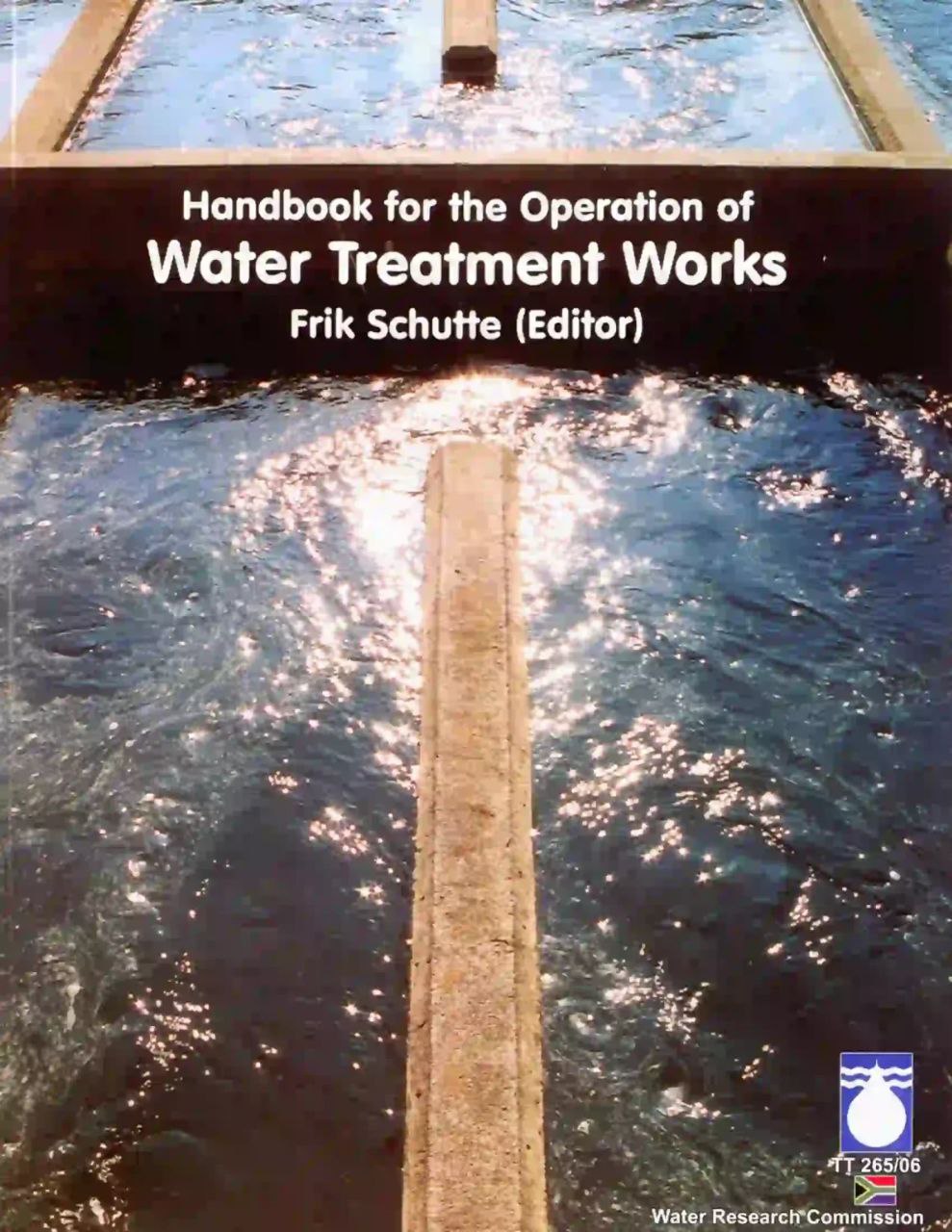
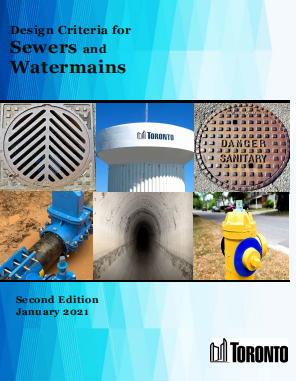
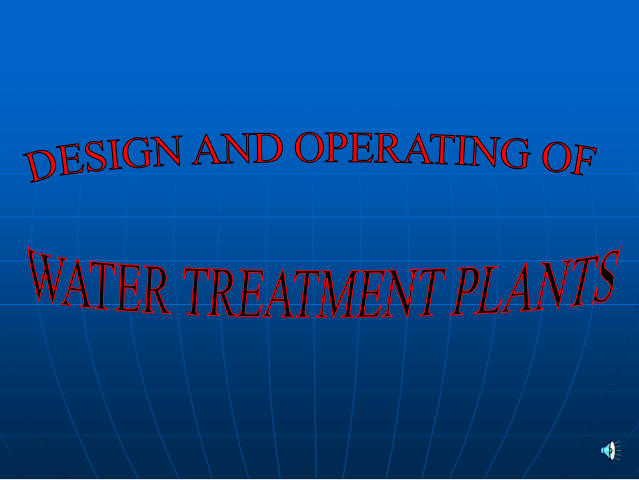
Reviews
There are no reviews yet.